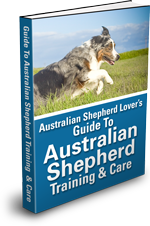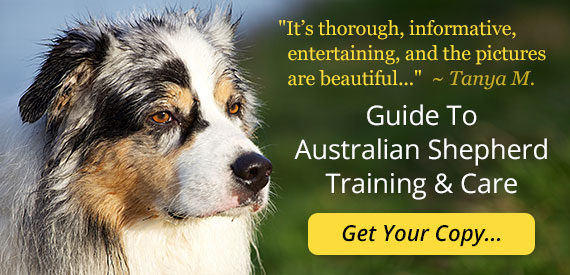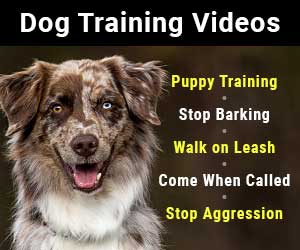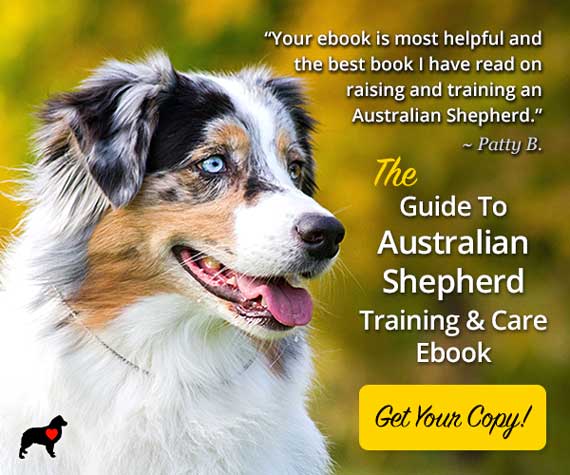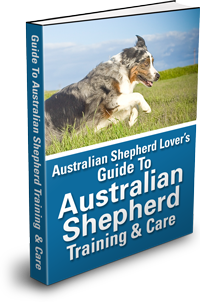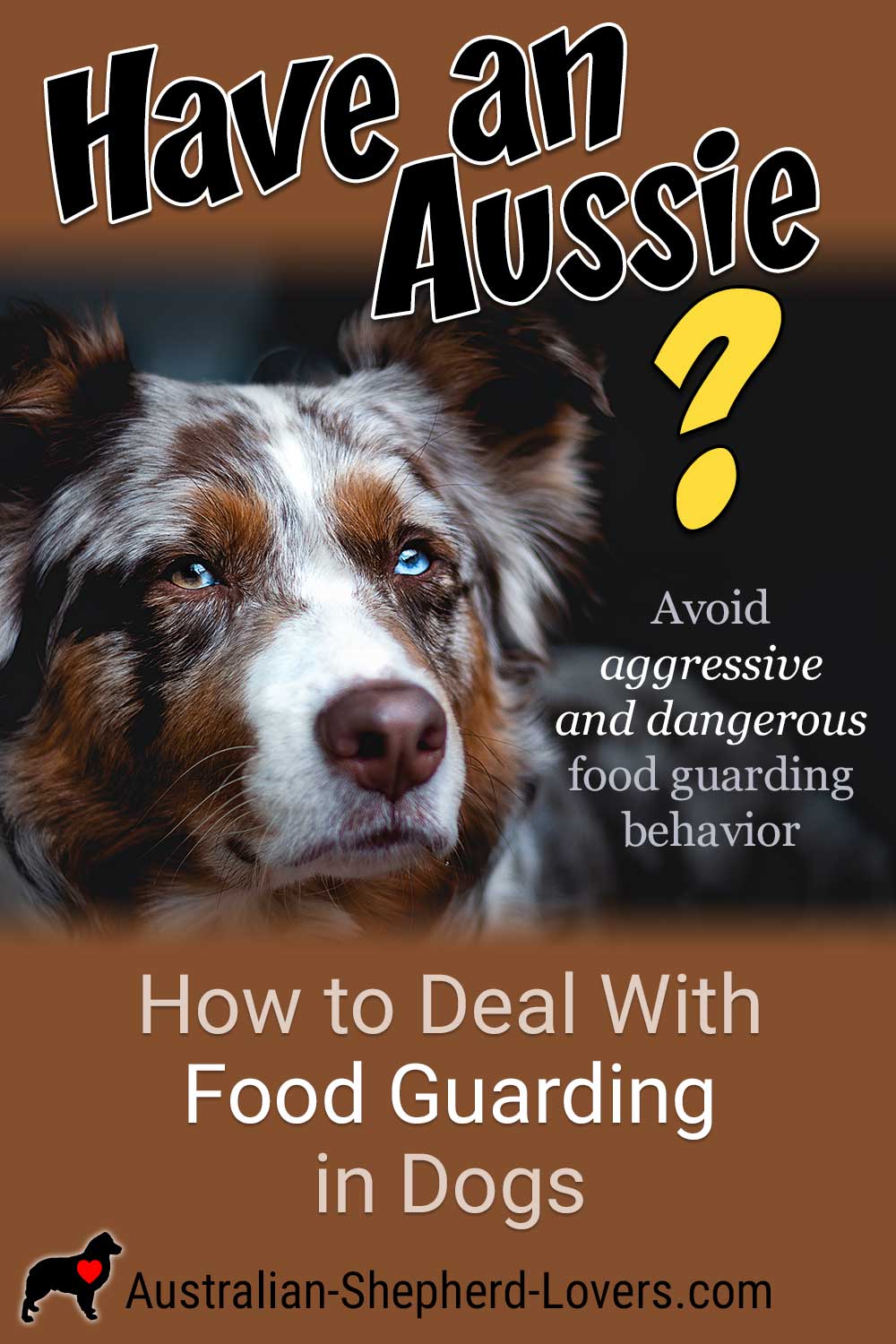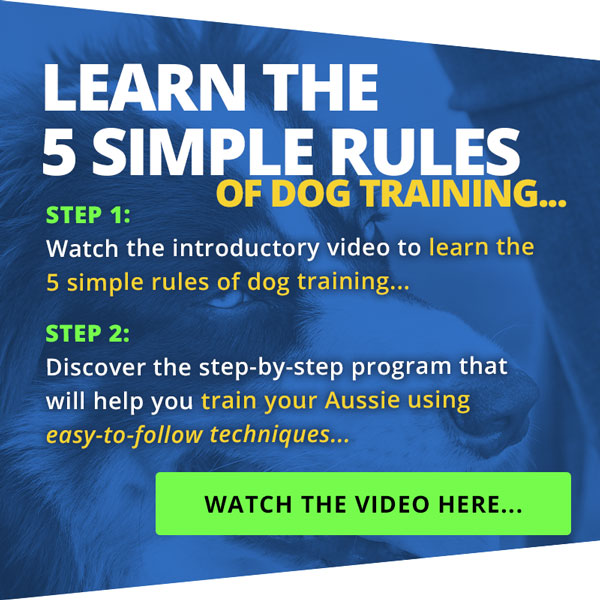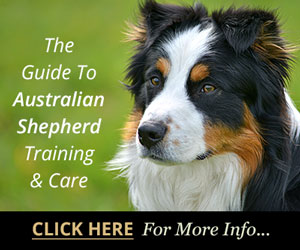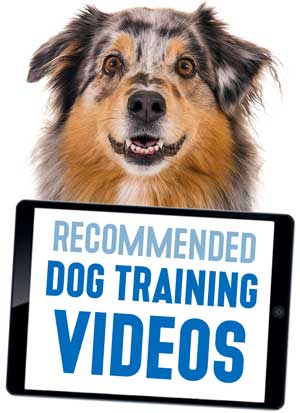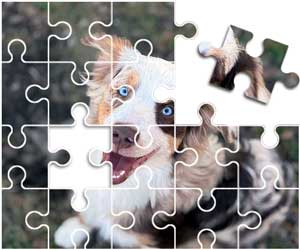
Food Guarding in Dogs: What to Do to Keep Everyone Safe
Food guarding in dogs is a common behavior and not something that deserves scolding. In fact, in the wild guarding resources like food was a matter of survival. If a dog didn't protect its food, it would risk starving to death. Once dogs became domesticated, food was more readily available to them, but that doesn't mean that they lost that natural instinct to protect.
For breeds like the Australian Shepherd, guarding is part of their natural make-up. It is what they have been bred to do and it is prized when it comes to keeping a herd under control. It's not as attractive when it carries over to other areas though, such as guarding toys, beds and even human family members and, of course, actively protecting its food.
Unfortunately, dog food guarding can lead to aggressive and even dangerous behavior, so it needs to be corrected as soon as possible to avoid serious problems. This is especially true in any household that includes children as they may not be able to readily recognize the signs of food guarding and know to stay away from the dog while it is exhibiting that kind of behavior. In order to keep everyone safe, it's important to work with your dog to overcome guarding behavior.
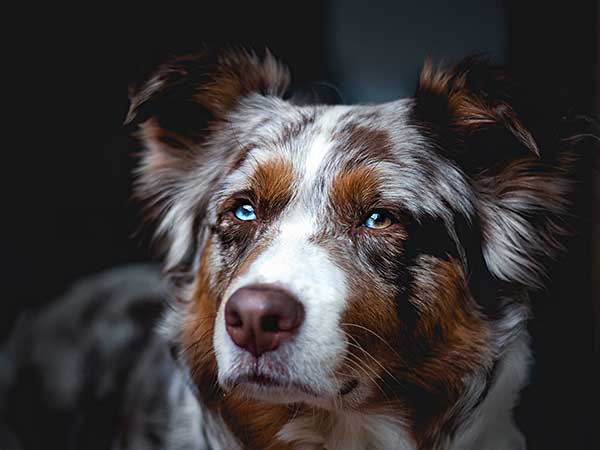
Katharina / stock.adobe.com
Food guarding in dogs can escalate over time, so the sooner you can address the behavior the better.
As noted in our article about non-food related resource guarding, guarding behavior can actually involve any number of items or even people but the most common and serious guarding issues generally center on food. Food guarding in dogs often begins shortly after birth as puppies born into large litters have to compete with their littermates for food. For this reason, it's important that you begin desensitizing your dog as early as possible in order to avoid more serious issues.
Signs of Dog Food Guarding in Dogs
The first step is to recognize the signs of dog food guarding. In order to do so, you should take note of how your dog behaves when he's in a comfortable situation, like lying next to you on the couch or going for a walk. In times like this, his muscles should be loose and relaxed, his breathing normal, and his tail wagging. In contrast, look for signs of aggression while he's eating including stiff muscles, gulping his food, tensing or freezing, growling, staring, snapping, snarling, biting, or chasing people away, to let you know that your dog is guarding his food.
The goal of desensitizing is to help your dog understand that people approaching his food while he's eating do not pose a threat. It's important to undergo this kind of training slowly and carefully to avoid any injury. If you don't feel comfortable doing it yourself or if you experience issues while training, you should consult a professional trainer or veterinary behaviorist for help.
Deal With Food Guarding in Dogs in Stages
Training to overcome food guarding in dogs should be done in stages. Don't progress from one stage to the next until you are sure your dog is comfortable at the current stage. Use special high-value treats that your dog doesn't normally get to eat, such as chicken, beef, hot dogs, or cheese and cut them into bite-size pieces. You'll then use these treats to help make your dog more comfortable as you get closer to him while he eats.
The training process involves tossing a treat to your dog while he's eating, then eventually feeding him a treat from your hand and finally tossing a treat directly into his bowl. You should talk to him calmly throughout each stage of training, asking something like "What have you got there?" before giving him the treat. Repeat each behavior every few seconds until your dog has finished his kibble. Each stage should be repeated until your dog completes 10 meals with no signs of aggressive behavior.
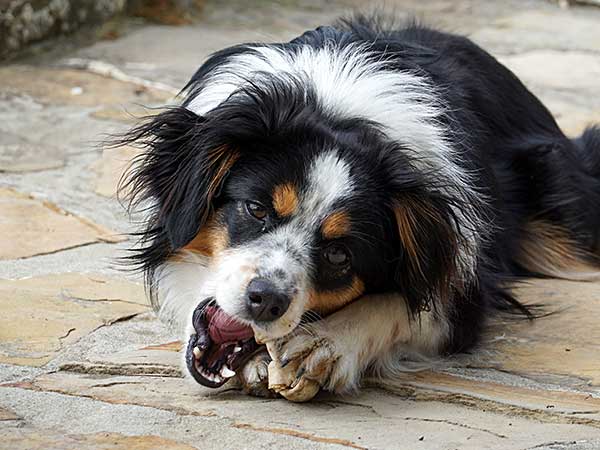
Helen Rose Gabriel / stock.adobe.com
Neither food nor non-food related guarding should be tolerated. Your dog should always be calm and friendly and never aggressive when you approach or even remove the resource from them.
As you progress through the stages, you should be able to move closer to his bowl, eventually getting to the point where you can actually touch it with one hand while offering the treat with the other.
In the final stage you can pick the bowl up and drop the treat into it, picking it up higher each time until you can get it to waist height while standing up straight. Repeat the sequence but this time carry the bowl to a counter, put the treat into it and then return the bowl to him.
Since the signs of dog food guarding can be exhibited toward any person, it's important for every adult in the household to go through all the stages of training with the dog so that he won't feel threatened by anyone who approaches him while he's eating. However, since children's behavior can be more erratic and the consequences for mistakes severe, I can't recommend that children, especially young children, attempt this type of training.
Prevention of Dog Food Guarding
In some cases, prevention may be a better choice than training when it comes to food guarding in dogs. You can simply give your dog his space, leaving him alone while he eats or feeding him in a separate room or in his crate. Food guarding can also carry over to human food on tables or counters, so you should remove your dog from the room while serving food or putting food out for guests to avoid problems.
Remember that food guarding in dogs is a natural instinct so you shouldn't scold a dog that exhibits this behavior. Though some people believe in "dominating" their dog by showing that they can take his food away in an aggressive manner, this will actually only heighten the guarding behavior rather than counter it.
The best approach is desensitizing so that he is comfortable with people around his food. That way, you can make meal times much happier and more relaxed for both you and your best friend.
For further reading see: 5 Ways to Help Your Dog Overcome Resource Guarding Behavioral Issues by Doggy Dan. Dan is a professional dog trainer based in New Zealand.
He has also created a comprehensive online video-based dog training program. His program covers all aspects of dog training and just about any behavioral issue you are likely to come across. You can find out more about Dan's program here.
Check out this introductory dog aggression video...
Have Dog Training Questions?
Check out these introductory dog training videos...
I want my dog to stop being aggressive.
I want some help training my new puppy.
I want my dog to stop barking at everything.
Get Australian Shepherd Info, Website Updates, Special Offers, and Cartoons...
FREE GIFT
You'll also receive a free copy of the ebook
My Everyday Dog Training Tools
by professional dog trainer Daniel Abdelnoor, "Doggy Dan"
